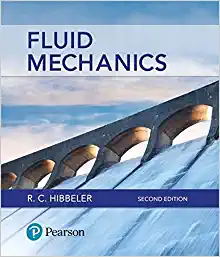Question
Universal Gravitation Every object around you is attracted to you. In fact, every object in the galaxy is attracted to every other object in the
Universal Gravitation
Every object around you is attracted to you. In fact, every object in the galaxy is attracted to every other object in the galaxy. Newton postulated and Cavendish confirmed that all objects with mass are attracted to all other objects with mass by a force that is proportional to their masses and inversely proportional to the square of the distance between the objects' centers. This relationship is known as Newton's Law of Universal Gravitation.
Procedure:
- Go to the following website: https://phet.colorado.edu/.Search for Gravity Force Lab: Basics (HTML5).Click Play. Check the boxes next to Force Values, Distance,andConstant Size.
- Click and drag on one or both masses to change the distance between them. Take some time to familiarize yourself with the simulation. Notice how forces change as mass changes and as distance changes.
- Complete the table below. You may choose the masses of each object and the distance between them. Be sure that your trials include changes to at least one variable and controls for the others. For example, change the masses while keeping distance constant (relative to another trial) and then vice versa. An example has been done for you. Include at least SEVEN trials. (Hint: You might want to review the questions below for ideas about what masses and/or distances to use.)
| Mass Object 1 (billion kg) | Mass Object 2 (billion kg) | Distance (km) | Force on M2 by M1 (N) | Force on M1 by M2 (N) |
| 2 | 4 | 4 | 33.4 | 33.4 |
Questions:
i. Gravitational force is always attractive / repulsive. (choose one)
ii. Newton's 3rd Law tells us that if a gravitational force exists between two objects, one very massive and one less massive, then the force on the less massive object will be greater than / equal to / less than the force on the more massive object.
iii. The distance between masses is measured from their edges between them / from their centers / from the edge of one to the center of the other. (choose one)
iv. As the distance between masses decreases, force increases / decreases. (choose one)
v. Doubling the mass of both masses would result in a change of force between the masses of 8x / 6x / 4x / 2x / no change / x / x / 1/6x / 1/8x. (choose one)
vi. Reducing the distance between two masses to half while doubling the mass of one of the masses would result in a change of force between the masses of 8x / 6x / 4x / 2x / no change / x / x / 1/6x / 1/8x.(choose one)
Step by Step Solution
There are 3 Steps involved in it
Step: 1

Get Instant Access to Expert-Tailored Solutions
See step-by-step solutions with expert insights and AI powered tools for academic success
Step: 2

Step: 3

Ace Your Homework with AI
Get the answers you need in no time with our AI-driven, step-by-step assistance
Get Started


